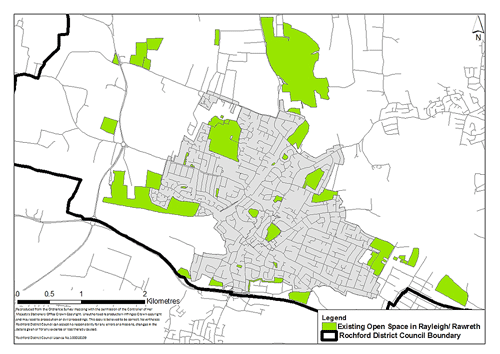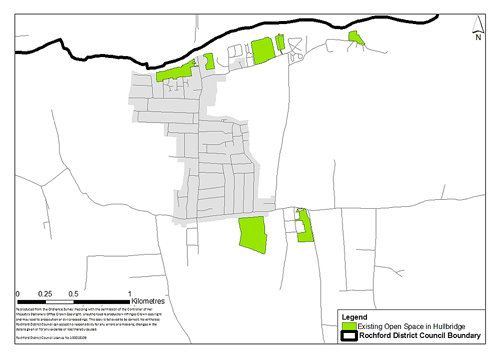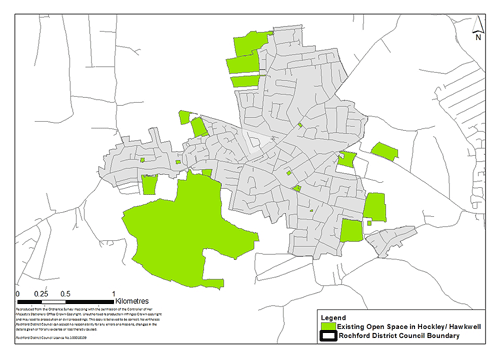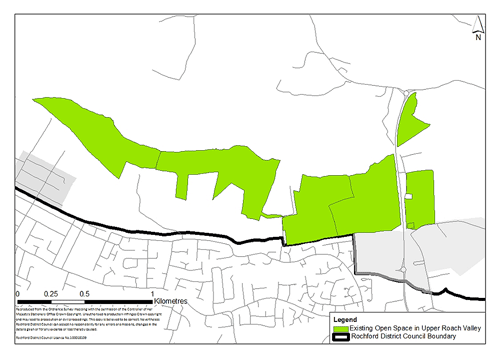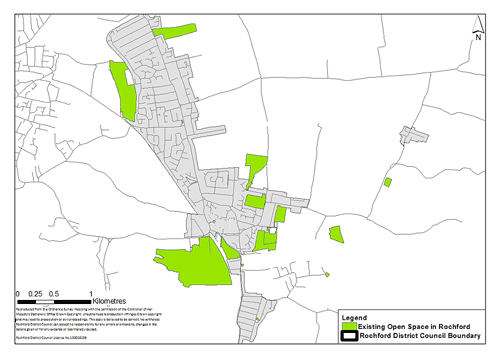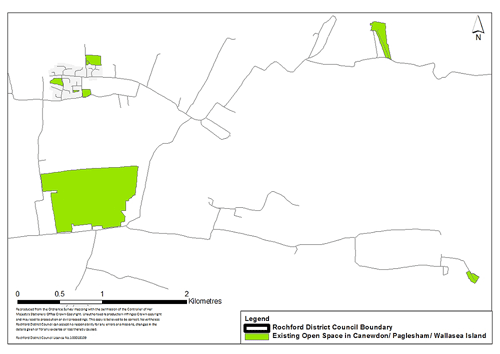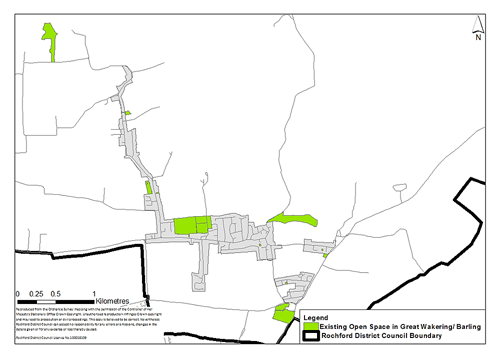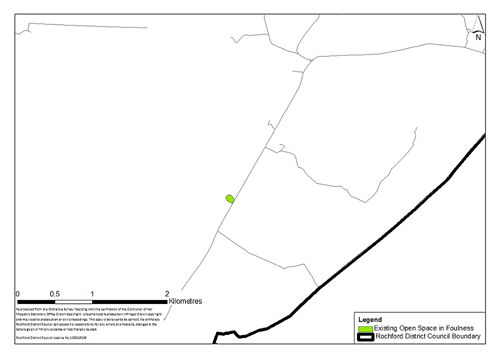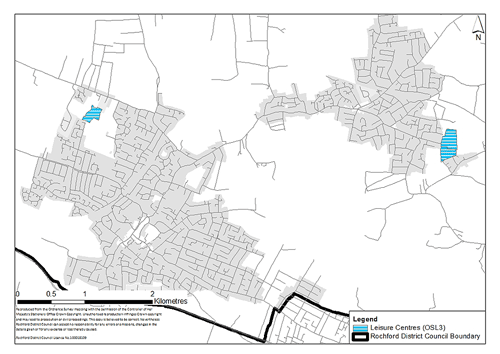Allocations Submission Document
8. Open Space and Leisure Facilities Allocations
Introduction
Open space is an important resource for local communities. Open spaces provide significant opportunities for informal recreation enabling residents and visitors to undertake activities such as walking and cycling and outdoor sport and leisure activities such as football and cricket, with many open spaces providing a multi-functional purpose. Ensuring high quality, accessible open spaces to local communities is particularly important given the increasing pressure on land for other uses.
Being a predominantly Green Belt District there are numerous areas of open space, privately and publicly owned, both formal and informal.
However, it is of vital importance that any new development, including within town centres, integrates publicly accessible open space into its design. This includes the provision of new parks, allotments, amenity areas, playing pitches and other open space of high townscape value. Public open space will be ancillary to other uses within the different land allocations.
Both existing and new public open space will be protected.
Leisure activities, and places to accommodate them, play an important role in everyday life of local communities. There are numerous publicly and privately run leisure facilities within the District, including those on school premises. The Core Strategy highlights the importance of ensuring that future leisure developments are in locations accessible by a range of transport modes. New residential development to the south west of Hullbridge in particular is required to be accompanied by leisure facilities (as set out in Appendix H1 of the Core Strategy).
In addition, the Core Strategy also proposes that enhancements are made to Rayleigh Leisure Centre in particular (as set out in Policy CLT9).
(2) Policy OSL1 – Existing Open Space
Context:
The 2009 Open Space Study identified various forms of different open space in the District, namely: natural and semi natural greenspaces; amenity greenspaces; country park allotments; play space; youth facilities; outdoor sports facilities; cemeteries and churchyards; and streets, squares and pedestrian areas.
All such sites identified in the Open Space Study are proposed to be allocated as open space. It is important that existing areas of open space are protected from other competing uses.
The sites to be allocated as open space are illustrated in Figures 34 to 41.
Maps:
(2) Policy OSL2 – New Open Space
Context:
The Core Strategy requires that new residential development is accompanied by new public open space (as set out in Policy CLT5).
In particular, the Core Strategy proposes that land to the west of the new residential area to the north of London Road in Rayleigh (Policy SER1) be allocated as public park land to provide a buffer between the built environment and the A1245 (as set out in Appendix H1 and Policy CLT5 of the Core Strategy). Where practicable, consideration will be given to the protection of any land allocated as new public open space, through trusts or other arrangements, which safeguards the long term future of the public open space.
Additional public open space will be also be required to accompany new residential development at the following locations:
- Star Lane Industrial Estate, Great Wakering (Policy BFR1)
- Eldon Way/Foundry Industrial Estate, Hockley (Policy BFR2)
- Stambridge Mills, Rochford (Policy BFR3)
- Rawreth Industrial Estate, Rayleigh (Policy BFR4)
- North of London Road, Rayleigh (Policy SER1)
- West Rochford (Policy SER2)
- West Hockley (Policy SER3)
- South Hawkwell (Policy SER4)
- East Ashingdon (Policy SER5)
- South West Hullbridge (Policy SER6)
- South Canewdon (Policy SER7)
- South East Ashingdon (Policy SER8)
- West Great Wakering (Policy SER9)
New open space will be integrated into all new residential developments as set out in Policy CLT5 of the Core Strategy and will be protected from other uses.
(1) Policy OSL3 – Existing Leisure Facilities
Context:
There are two publicly run leisure facilities in the District; Clements Hall Leisure Centre in Hawkwell and Rayleigh Leisure Centre in Rayleigh.
Clements Hall Leisure Centre and Rayleigh Leisure Centre will be allocated for leisure use and protected from other competing uses. However, the playing field to the rear of the now closed Great Wakering Leisure Centre will be allocated as public open space and the leisure centre itself will be unallocated.
The location of Clements Hall Leisure Centre and Rayleigh Leisure Centre is defined in Figure 42.
Map:

